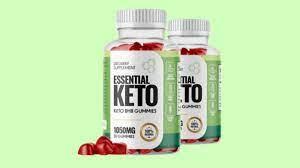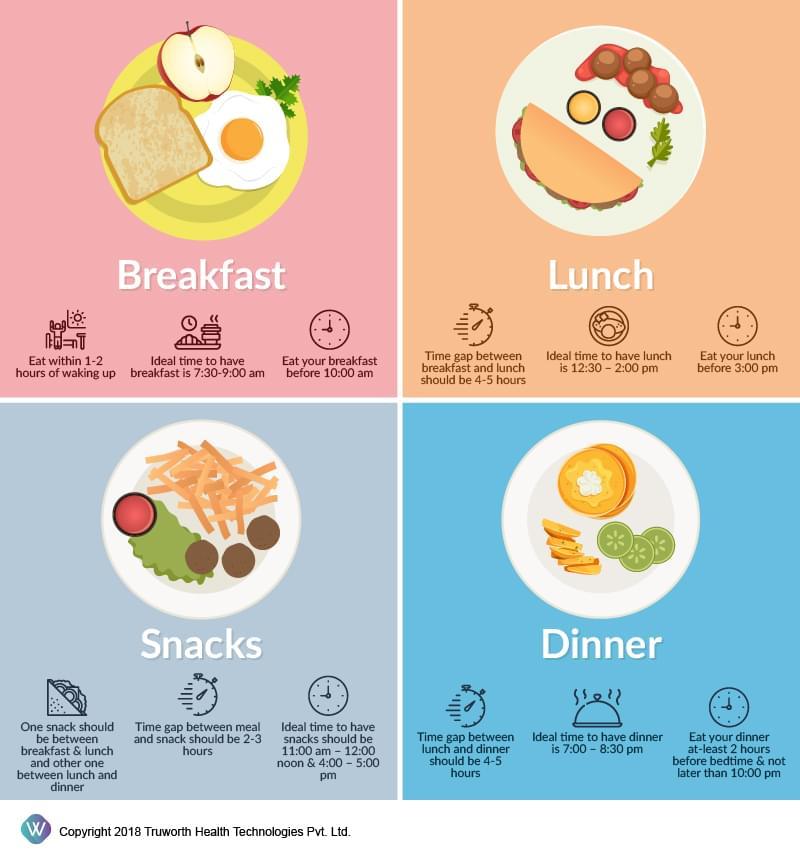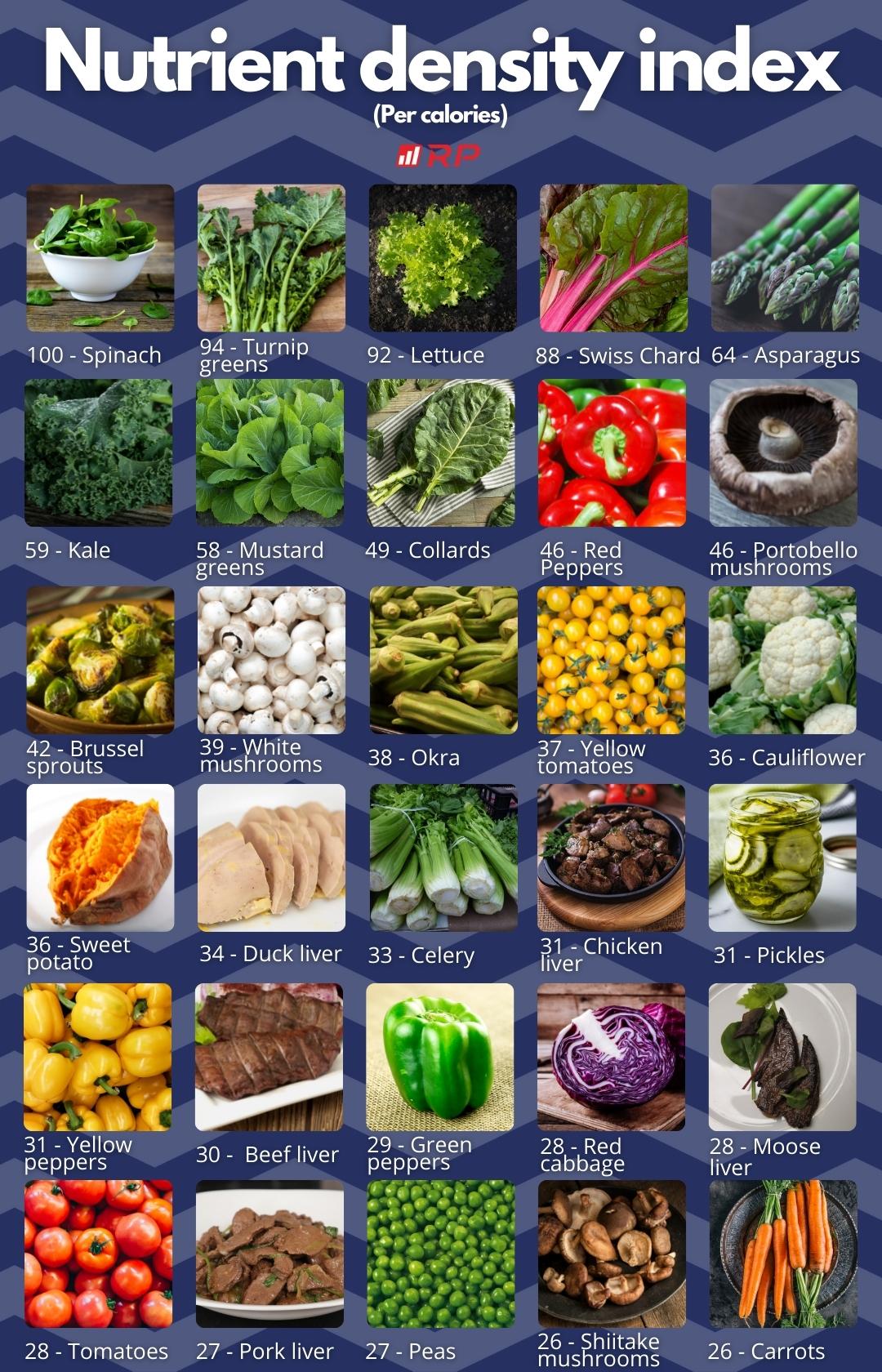In the pursuit of a healthier lifestyle, many individuals find themselves caught in the balancing act between losing excess fat and retaining hard-earned muscle mass. Achieving this dual objective requires more than just dedication in the gym; it demands a strategic approach to nutrition. Crafting a meal plan that simultaneously supports fat loss and muscle retention is a nuanced endeavor, requiring an understanding of metabolic processes, nutrient timing, and the synergy between dietary components. This article delves into the analytical framework necessary to design an effective meal plan, providing you with the confidence and knowledge to tailor your diet to meet these specific goals. By exploring evidence-based strategies and practical tips, we aim to equip you with the tools needed to optimize your nutritional intake, ensuring that your journey towards a leaner, stronger physique is both informed and successful.
Understanding Macronutrient Balance for Optimal Results
Achieving a harmonious macronutrient balance is crucial for effective fat loss and muscle retention. A well-structured meal plan should focus on the right proportions of proteins, carbohydrates, and fats, each playing a vital role in your fitness journey. Proteins are essential for muscle repair and growth, making them a cornerstone of any diet aimed at preserving muscle mass. Carbohydrates, while often misunderstood, provide the necessary energy for workouts and should not be entirely eliminated. Lastly, healthy fats support hormone production and overall cell health, which is crucial for maintaining a lean physique.
To craft a meal plan that aligns with these goals, consider the following guidelines:
- Prioritize lean proteins: Incorporate sources such as chicken, fish, tofu, and legumes to ensure adequate amino acid intake.
- Choose complex carbohydrates: Opt for whole grains, fruits, and vegetables to maintain steady energy levels and support recovery.
- Include healthy fats: Add avocados, nuts, seeds, and olive oil to promote a balanced diet and optimal body function.
- Monitor portion sizes: Adjust portions to match your activity level and metabolic needs, ensuring you’re in a slight caloric deficit for fat loss.
By maintaining this macronutrient equilibrium, you can effectively support your body’s fat loss while safeguarding your hard-earned muscle mass.

Strategic Meal Timing to Enhance Metabolic Efficiency
Optimizing the timing of your meals can significantly boost your metabolic efficiency, enabling you to achieve both fat loss and muscle retention. Intermittent fasting is a powerful strategy, where you restrict your eating to an 8-10 hour window each day. This approach helps enhance insulin sensitivity and increase growth hormone levels, which are crucial for maintaining muscle mass while burning fat. Align your largest meal with your most active time of day to fuel your workouts and aid recovery.
Consider these strategic timing tips for your meals:
- Breakfast: Delay your first meal until mid-morning to extend your overnight fast and promote fat oxidation.
- Pre-workout: Consume a light, protein-rich snack 30-60 minutes before exercise to support muscle synthesis.
- Post-workout: Prioritize a meal rich in protein and carbohydrates within 1-2 hours after exercise to replenish glycogen stores and facilitate muscle repair.
- Dinner: Keep your evening meal lighter and earlier to avoid late-night snacking, which can disrupt metabolic processes.
Implementing these meal timing strategies can create a harmonious balance between energy expenditure and nutrient intake, driving your body towards its optimal metabolic state.

Incorporating Nutrient-Dense Foods for Sustained Energy
To optimize your meal plan for both fat loss and muscle retention, it’s essential to focus on foods that are rich in nutrients yet low in empty calories. These nutrient-dense foods provide sustained energy, keeping you fueled throughout the day while supporting your fitness goals. Incorporate the following elements into your meals:
- Lean Proteins: Foods such as chicken breast, turkey, and tofu offer high-quality protein essential for muscle repair and growth, without excess fat.
- Complex Carbohydrates: Quinoa, brown rice, and sweet potatoes are excellent choices that release energy slowly, preventing spikes and crashes in blood sugar levels.
- Healthy Fats: Avocados, nuts, and seeds not only provide satiety but also support hormone production and nutrient absorption, crucial for maintaining muscle mass.
- Vibrant Vegetables: Leafy greens and colorful vegetables like spinach, kale, and bell peppers are packed with vitamins, minerals, and antioxidants, promoting overall health and recovery.
Incorporating these foods into your diet ensures that your body gets the essential nutrients it needs to function optimally, aiding in both fat loss and muscle preservation. Balancing these elements will keep you energized and focused, allowing you to stay on track with your fitness journey.
Personalizing Your Meal Plan to Align with Fitness Goals
To craft a meal plan that not only facilitates fat loss but also aids in muscle retention, it’s crucial to understand the intricate balance between macronutrients and their impact on your body. Start by calculating your daily caloric needs based on your basal metabolic rate (BMR) and activity level. Once you have your caloric baseline, create a caloric deficit to encourage fat loss, but ensure it’s moderate to preserve muscle mass. A deficit of 500 calories per day is generally effective and sustainable.
Focus on protein intake as it’s fundamental for muscle repair and growth. Aim for 1.6 to 2.2 grams of protein per kilogram of body weight. This not only supports muscle maintenance but also enhances satiety. Integrate a balance of healthy fats and complex carbohydrates to fuel your workouts and aid recovery. Consider the following guidelines:
- Carbohydrates: Opt for complex sources like quinoa, brown rice, and sweet potatoes to provide sustained energy.
- Fats: Include sources such as avocados, nuts, and olive oil to support hormone function and nutrient absorption.
- Meal Timing: Distribute meals evenly throughout the day, focusing on post-workout nutrition to optimize recovery.
By tailoring your meal plan with these strategies, you align your nutritional intake with your fitness aspirations, creating a harmonious path towards your goals.
